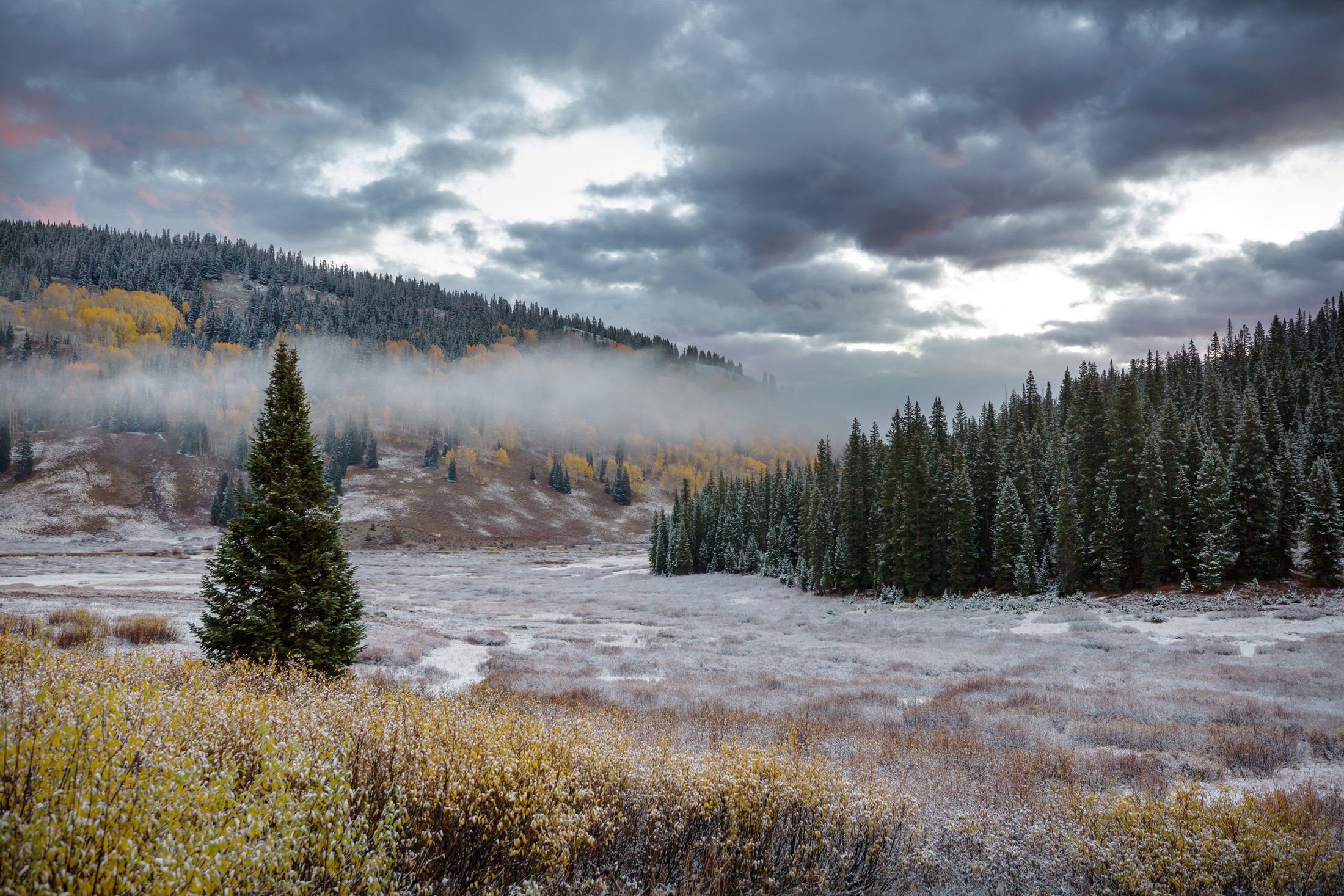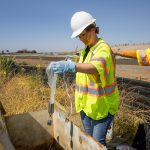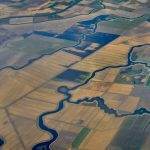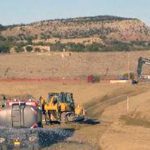- Colorado officials urge decontamination before restarting any flooded well.
- State rules outline proper cleaning, repair, or abandonment procedures.
- Water testing is essential before resuming domestic or agricultural use.
Wednesday, October 29, 2025 — Following widespread flooding across Southwest Colorado, the Division of Water Resources (DWR) released updated guidance titled “Placing Wells Back in Service Following Inundation by Flood Waters — Decontamination of the Well Structure Is Imperative
(DWR) released updated guidance titled “Placing Wells Back in Service Following Inundation by Flood Waters — Decontamination of the Well Structure Is Imperative .” The document stresses that any water well submerged by floodwaters must be cleaned and disinfected before use to prevent groundwater contamination.
.” The document stresses that any water well submerged by floodwaters must be cleaned and disinfected before use to prevent groundwater contamination.
Understanding the Risks.
Floodwaters often contain bacteria, sediment, and other contaminants that can seep into wells. When water overtops a well cap, even modern sealed wells can collect surface water through small ventilation openings designed for pressure balance. That water may enter the aquifer, compromising drinking water safety.
In areas where floodwaters were fast-moving—especially near canyons, streams, and gullies—wells may be physically damaged beyond repair. In those cases, the State advises proper abandonment to avoid hazards and protect groundwater quality. Wells exposed to slower-moving water may remain structurally intact, but still require careful cleaning.
Recommended Procedures.
The DWR guidance outlines several steps to restore wells safely:
-
Hire a Licensed Professional:
Homeowners are encouraged to contact a licensed water well driller or pump installation contractor. While individuals may attempt cleaning themselves, most lack the necessary equipment or expertise. -
Follow State Disinfection Rules:
Colorado’s Water Well Construction Rules (2 CCR 402-2, Rule 15) describe proper methods for disinfecting both wells and distribution systems. These procedures include pumping the well for one to two hours to flush out floodwater before adding disinfectants. -
Inspect for Sediment or Damage:
Older wells without sealed caps may have taken in sediment, which can harm pumps if not cleared. Wells buried by silt should be excavated so the casing extends at least one foot above the ground surface before reuse. -
Test for Bacteria:
Before bringing a well back online, owners should have water samples analyzed by an accredited laboratory to confirm the absence of harmful bacteria. The Colorado Water Quality Control Division or local health departments can provide guidance on sampling. -
Abandon Unsafe Wells:
Wells that cannot be repaired must be properly sealed, in accordance with Rule 16 of the Water Well Construction Rules, to prevent contamination.
Permitting and Contacts.
If a flooded well can be repaired, no new permit is required. However, replacement wells must be permitted before drilling. The DWR distinguishes between well repair and well replacement, a difference that affects permitting. Licensed contractors can help determine which applies.
For questions, well owners may contact the DWR Denver office at 303-866-3581 (Kevin Donegan ext. 8221 or Chris Jones ext. 8270). The Groundwater Information Desk is also available at 303-866-3587 (Monday through Friday, 9 a.m.–4 p.m.).
Importance of Proper Decontamination.
State engineers emphasize that thorough disinfection protects not only individual water users but also the broader aquifer system. Even a small amount of contaminated floodwater can spread pathogens or pollutants underground. By following official guidance, communities can safeguard their water supplies as recovery efforts continue.
FAQ
Q: What if the well casing or cap was completely underwater?
A: The well likely took in floodwater and must be disinfected and tested before use. A licensed driller should inspect for damage or sediment buildup.
Q: Is it safe to use water after pumping for a few hours?
A: No. Pumping removes floodwater but does not disinfect the well. Chlorination or other approved cleaning steps are still required.
Q: Do I need a new permit if I replace a damaged well?
A: Yes. The DWR requires a replacement permit before drilling a new well. Existing wells that can be repaired do not need new permits.
Q: How can I find a licensed well contractor?
A: The Division of Water Resources maintains a list of licensed drillers and pump installers on its website.
Q: What should I do if my well is buried in sediment?
A: Locate and uncover the wellhead. If it can be salvaged, extend the casing above ground and follow disinfection steps. If not, the well must be properly abandoned.
Q: Where can I get my well water tested?
A: Local laboratories approved by the Colorado Water Quality Control Division or county health departments can perform bacterial testing.





